Smart farm. What will it be?
- Transfer
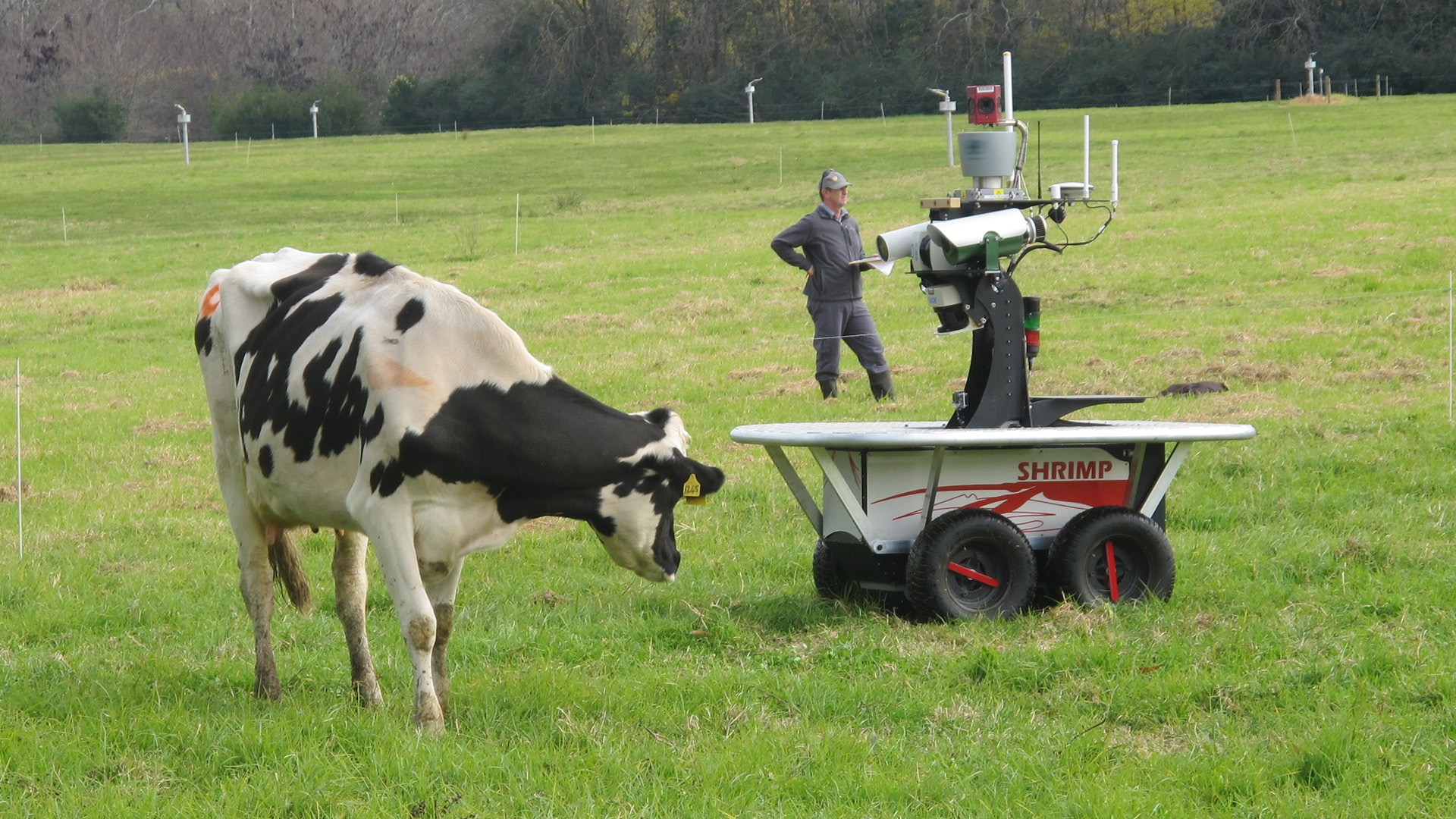
The population of the Earth has already exceeded 7.3 billion people and is not going to stop there. Already by 2050, it is expected that 9.7 billion people will live on the planet. In this situation, the issue of nutrition comes to the forefront, because to feed such a huge population it is necessary to increase the production of food several times over. Farmers and engineers are already working on this task and plan to achieve it through the development and construction of “smart” farms.
On the threshold of the fourth industrial revolution on which there is humanity, serious changes will occur in agriculture, where cyber-physical systems, the Internet of Things (IoT) and cloud computing will be systematically introduced.
Technological advances can be applied practically at all stages of farming, and the technologies already introduced can be divided into three main categories, which will become the basis of “smart” farming - these are autonomous robots, unmanned aerial vehicles (UAVs) or drones, and various IoT sensors. Below we will talk more about each of them.
Robots
The fact that robots will replace humans has been around for many years, and gradually these predictions come true. Agriculture is not an exception, and given the fact that farming often involves laborious activities with a certain frequency of repetitive actions, this is an ideal environment for robotics.
Farms already use agricultural robots for various tasks - sowing, watering, collecting and sorting the crop. “Smart” equipment continues to improve and in the future it will allow to increase the volume of agricultural products and improve its quality with less use of human resources.
Tractor-drone
The tractor is the basis of any farm and it is clear that with the tendency of development of unmanned vehicles in the world, tractor drivers will be the first to leave their cabs. They will either have to go back, or retrain in the specialists who enter the cartographic data and set the boundaries of the fields, as well as learn how to program the trajectory of the movement with the help of special programs and determine other parameters of the operation of unmanned tractors.
However, over time, the capabilities of unmanned tractors will expand, and they will become more autonomous. They will include additional cameras, computer vision systems, GPS navigation, internet connection for remote monitoring and control, LIDAR laser scanning technology to detect obstacles and prevent collisions.

According to CNH Industrial, in 2016, presented the concept of an unmanned tractor, in the future, such equipment will be able to independently use operational information from meteorological satellites to automatically determine the best conditions for work, regardless of the person’s commands and time of day.
Sowing
The appearance of the drills, replaced the heavy manual labor of man, but left behind a few unsolved problems. For example, with their help, fields are often planted in a scattered way, which implies inaccuracy and high consumption of seeds. For optimal growth, seeds should be sown at the correct depth and distance from each other.
To meet these conditions, an exact seeding technology is used, which includes geo-mapping technology in combination with sensor data on soil quality, its density, moisture level and fertility, which help to nullify the randomness factor. With their help, seeds have the best chances for germination, growth and, consequently, yield.
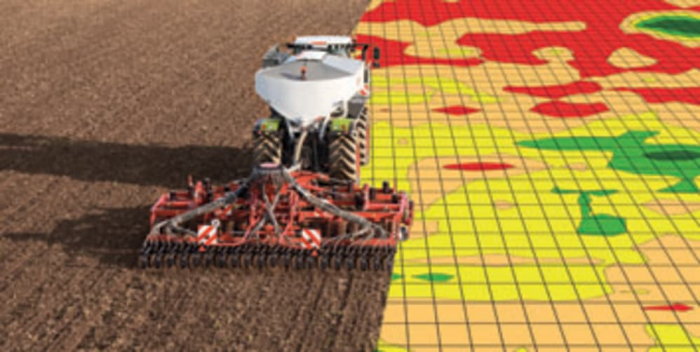
In the future, precision planters will be used in conjunction with unmanned tractors and IoT systems that transmit information about the sowing process to the farmer. Thus, only one person will be able to sow whole fields, watching the work of numerous machines using video broadcasting or a digital control panel on a computer or tablet.
Automatic watering and irrigation
Subsoil drip irrigation, which is widely used, already allows farmers to control when and how much water they get. By adding IoT sensors to the irrigation systems, which monitor the soil moisture level and the state of the plants, farmers will make it almost completely autonomous. To intervene in the process will be required only in case of any problems.

Weed control
This part of the once manual labor is now assigned to robots. The truth is in only as an experiment. for example, the field robot BoniRob. It moves across the field with the help of a satellite and laser locators while using cameras and machine learning technology. The robot evaluates the condition of seedlings and removes weeds.
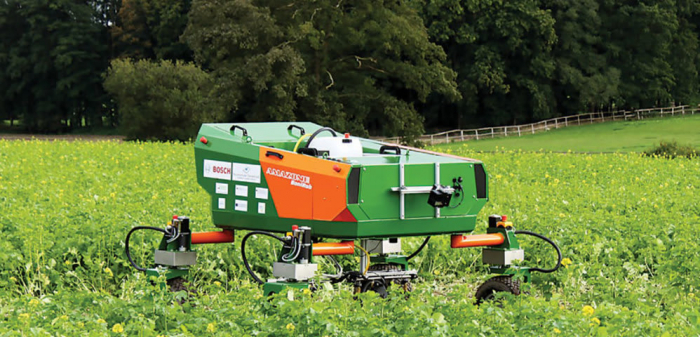
Smart Farm automated cultivator has also found its place on the farm. He moves with the help of a tractor equipped with a visualization system. It recognizes the fluorescent dye in the seedlings and thus distinguishes crops from weeds. Weeds without a marker are destroyed.
Farms equipped with these and other robots, unmanned tractors and IoT-systems can work almost by themselves.
Harvesting
For harvesting crops, timeliness, good weather and efficiency are important. Farms use a variety of cleaning machines, many of which can be automated. It is only necessary to adapt the technology of unmanned tractors and provide combines and other harvesting equipment with advanced sensors and internet-connected IoT sensors. Machines will be able to start working automatically as soon as ideal conditions come for harvesting.
Technological advances are particularly useful for harvesting delicate fruits and vegetables, which require a more delicate approach. Engineers are already working on such systems. For example, the company Panasonic created a prototype of a robot for automated collection of tomatoes. With the help of cameras and an algorithm for analyzing color and shape, he is able to recognize the fruits and identify mature tomatoes.
A Panasonic robot collects tomatoes by cutting them off the stem, but engineers are also trying to create robots that can gently grab fruits and vegetables without damaging their delicate skin.
Another path was chosen at Abundant Robotics: their prototype of a robotic apple picker, which is tested in the USA, operates on the principle of a vacuum cleaner and sucks ripe fruit, finding them using computer vision.
These are just a few examples of dozens of promising robots that will soon take over the harvest, freeing people from the hard work.
Unmanned aerial vehicles
Which farmer would not like to see his fields from a bird's eye view? If earlier for aerial photography of farmland, one had to resort to the services of a helicopter or small aircraft, now it is possible to do the same with the help of drones equipped with cameras. And it will take much less money.
Image processing technologies are not standing still, and today UAV systems with a wide variety of cameras are available on the market - from standard to the most advanced, with support for ultra-high resolution, the ability to shoot in the infrared or ultraviolet spectra, and even in hyperspectral mode.
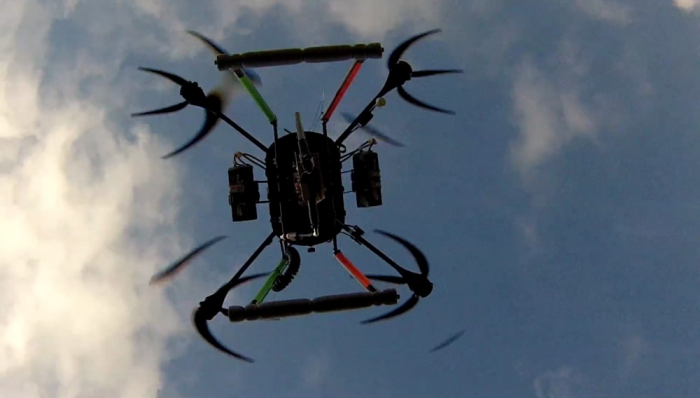
The data obtained with the help of drones make it possible to assess the state of agricultural crops and the quality of the soil, to plan crop areas, optimizing the use of resources and land. Also, regular field surveys help with the selection of planting and irrigation schemes, mapping of agricultural land and other aspects of farming activities.
However, drones are useful not only for their photo and video capabilities. Other usage scenarios include sowing and spraying.
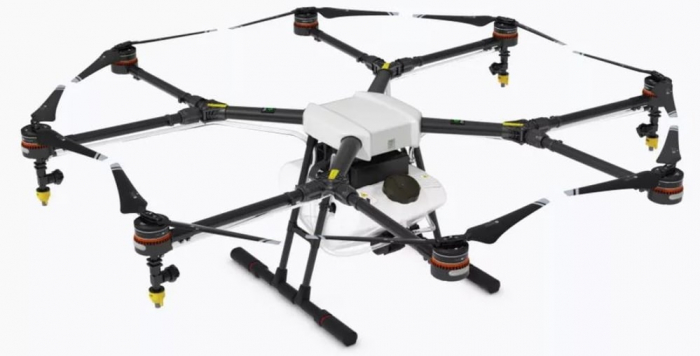
Several companies and groups of scientists are working on UAVs, which, with the help of compressed air, can scatter capsules with seeds and fertilizers. In particular, similar projects using drones are implemented by DroneSeed and BioCarbon. Their goal is to restore forests, but this method is also easy to adapt for planting various crops. A flotilla of drones under the control of IoT sensors and software for autonomous work could plant plants in places ideally suitable for them with the best conditions for faster growth and high yields.

Also drones can be used for spraying agricultural crops. Using GPS, laser measurement systems and ultrasonic positioning, UAVs can easily adjust the height and area of flight, taking into account parameters such as wind speed, topography and geography. This allows drones to spray more efficiently, with greater accuracy and less loss.
For example, the Chinese company DJI created the Agras MG-1 UAV system specifically for spraying crops. Included with the drone is a capacity of 10 liters, which can be filled with liquid pesticides, herbicides or fertilizers. The maximum flight speed of the Agras MG-1 is 40 km / h, the maximum range and height is 1 km and 150 m. The microwave radar allows the drone to maintain the correct distance from the crops and to ensure uniform spraying. According to the manufacturer, Agras MG-1 can operate in standalone, semi-autonomous or manual modes.
Drones for real-time monitoring and analysis
Another useful feature of drones is the ability to use them to remotely monitor and analyze the state of the fields and the crops growing on them. Several drones can replace an entire army of workers. People will not need to constantly travel around the fields for a visual assessment of the status of seedlings.
Obtaining such data on the Internet, farmers will be able to travel to the fields only for some urgent reasons that really require attention, and not lose time to inspect healthy plants.
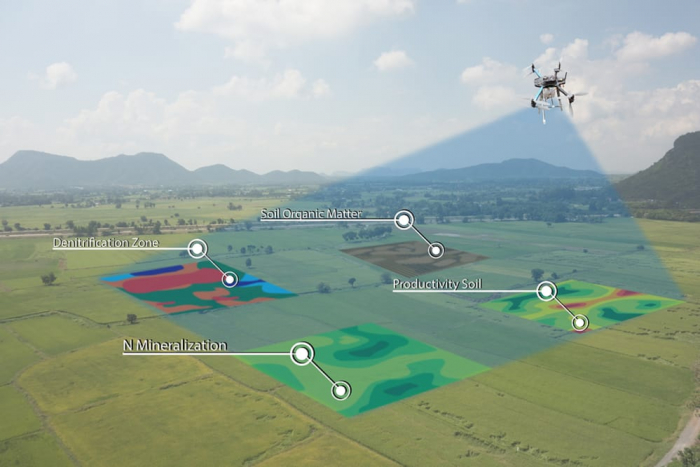
However, while the agricultural drone is far from perfect. The range and flight time for most models is less than what farmers need. Even the most "hardy" UAVs can spend in the air for only about an hour, and then they need to recharge the batteries.
In addition, prices for agricultural drones are still “biting.” For example, the purchase of one of the most advanced Precision Hawk Lancaster models for today will cost 25 thousand dollars. Of course, there are less expensive UAVs, but their equipment is often modest and does not include advanced photo and video equipment or spray equipment necessary for farmers.
Connected Farm: Sensors and IoT
Autonomous agricultural robots and drones will bring many benefits to farmers, but the truly smart farm of the future will be made by IoT technologies.
The term IoT means the concept of a computer network of physical objects (“things”) equipped with embedded technologies for interaction and data exchange with each other and the external environment. IoT technologies are already being implemented in practice in the form of home smart devices with the support of digital voice assistants, “smart” medical equipment and industrial equipment.
On smart farms, sensors will be introduced at each stage of the silkhoz production and in all types of equipment. Field sensors will collect data on the level of illumination, soil condition, irrigation, air quality and weather conditions. Information will be sent to the farmer or directly to agricultural robots in the fields. Groupings of robots equipped with their own sensors and navigation equipment will ply through the fields and respond to signals they receive about the need for weeding, watering, pruning or harvesting. In addition, drones will follow the fields from the air, generating maps that will serve as a guide for action for robots and help farmers plan further agricultural work. Due to all these innovations, agricultural production and food quality will increase.
Analytical company BI Intelligence predicts that the number of IoT devices used in agriculture will increase from 30 million units in 2015 to 75 million units in 2020. It is also expected that by 2050, smart farms will produce 4.1 million measurements per day, up from just 190,000 in 2014.
Armed with growing data sets from “smart” equipment and sensors, as well as network technologies for sharing information, farmers will be able to see all aspects of the operation of their agricultural enterprises, understand which plants are healthy and which need attention, which fields need watering, and where it is time to collect harvest
In this material, only the tip of the iceberg is affected - the cultivation of crops. Not less opportunities for advanced technologies in the field of animal husbandry. If each farm turns into a “smart” one, then the goal of a 70 percent increase in food production will be quite feasible.
